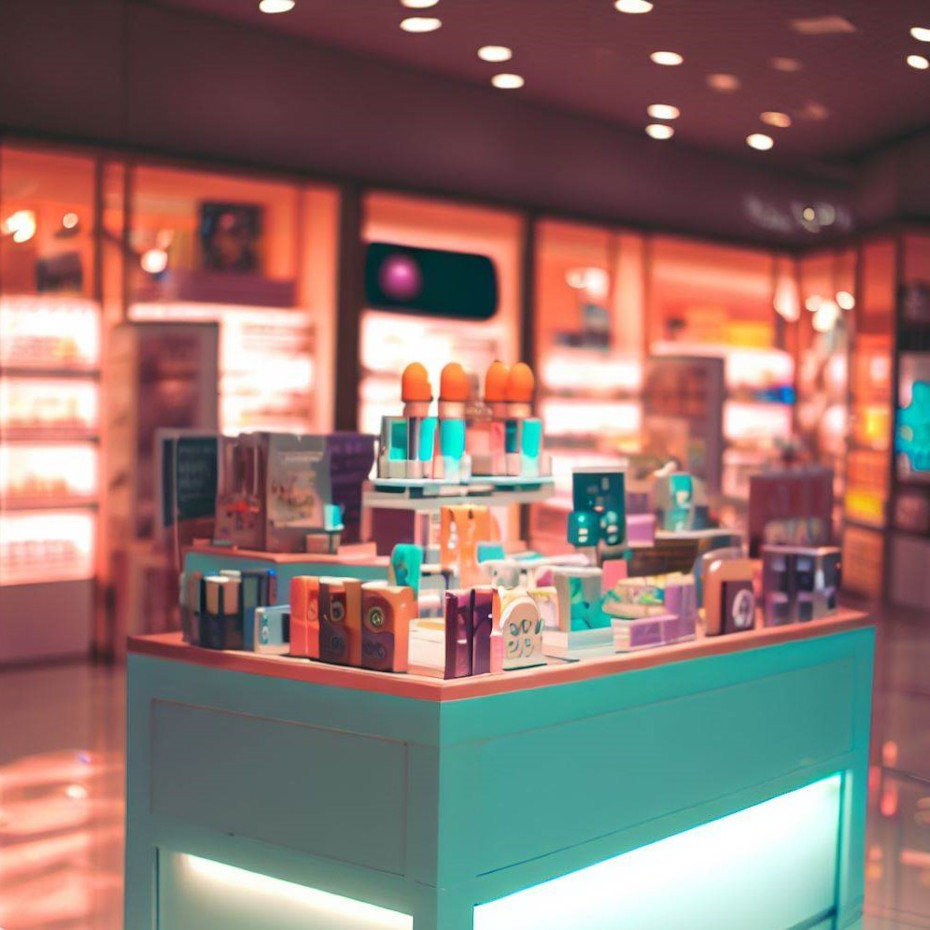Understanding the differences between store fixtures, like display stands, product stands, and retail shelving, can influence a store’s appeal and customer experience. This article will explore fixture types, highlighting their unique visual characteristics, usage, and contribution to the store’s design.
Display stands

Display stands are versatile fixtures that spotlight specific products or collections to gain customer attention and interest. They can have different sizes, designs, and materials. They range from sleek acrylic stands to rustic wooden ones, creating a visual focal point in a store.
Display stands are known for their compact design and elevated presentation space. They can be freestanding, creating a central island of interest, or countertop models for close-to-checkout impulse buys. The focus is accentuating the product, making it stand out. An example could be a display stand at a cosmetic store, presenting a newly launched perfume range. The stand could be illuminated and with a minimalist design, making customers focus on the perfume bottles, accenting their design and packaging.
Product stands

The product stands, or pedestals, offer an elevated platform to display a single product or a small collection of products. They tend to have a simplistic design to keep the attention on the said items.
Product stands are usually taller than display stands, lifting the product closer to eye level for better visibility. They are in many different shapes but are typically smooth and unnoticeable. A good example is a product stand in an art gallery showcasing a valuable sculpture. The stand might be a simple, sturdy column, often painted in a neutral color to ensure the vibrant sculpture captures all the attention.
Retail shelving

Retail shelving is designed for functionality and capacity, allowing more product organizing and displaying efficiently. This shelving is a ubiquitous retail environment created to hold multiple product lines.
Retail shelving units are larger and more robust than display or product stands. They usually feature multiple shelves or compartments for categorizing different products or ranges. In a grocery store, we can use gondola shelving. These large, freestanding units with multiple shelves allow products to be displayed at different heights, facilitating easy browsing for customers.
Conclusion
Understanding visual differences between display stands, product stands, and retail shelving can help retailers design their store layouts more effectively. While their primary function is to showcase merchandise, their distinct aesthetics contribute significantly to the overall store design. They guide customer attention and influence purchasing decisions.

